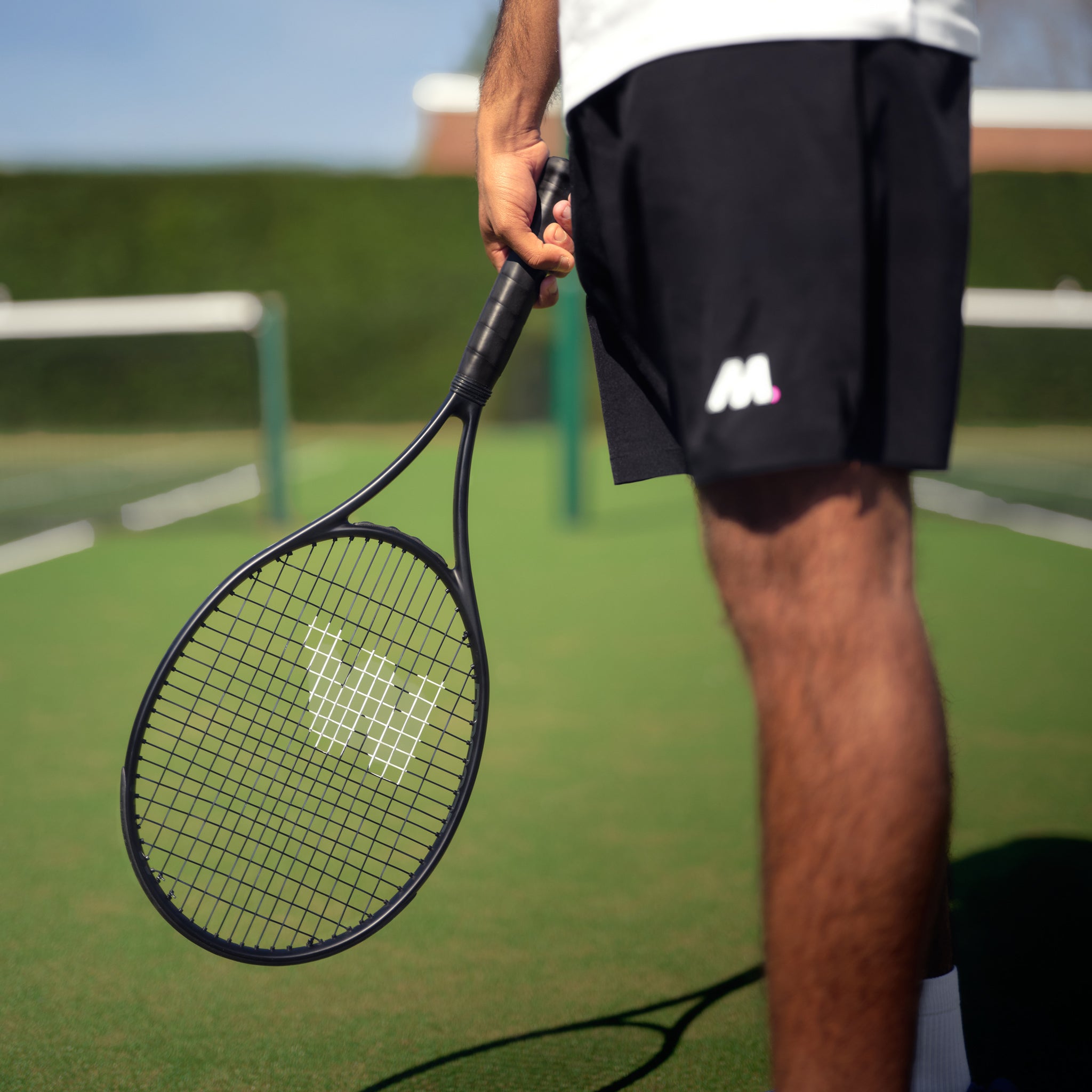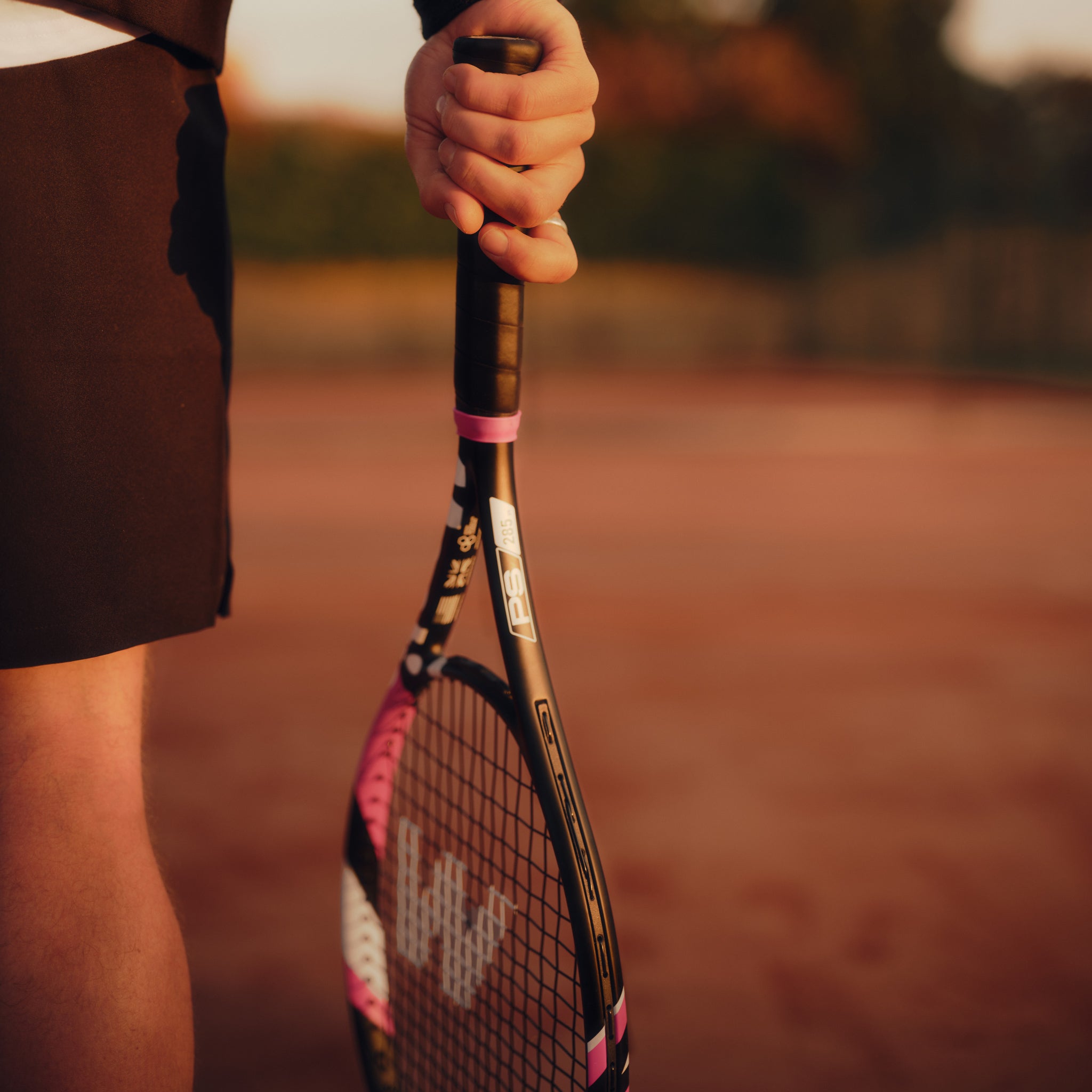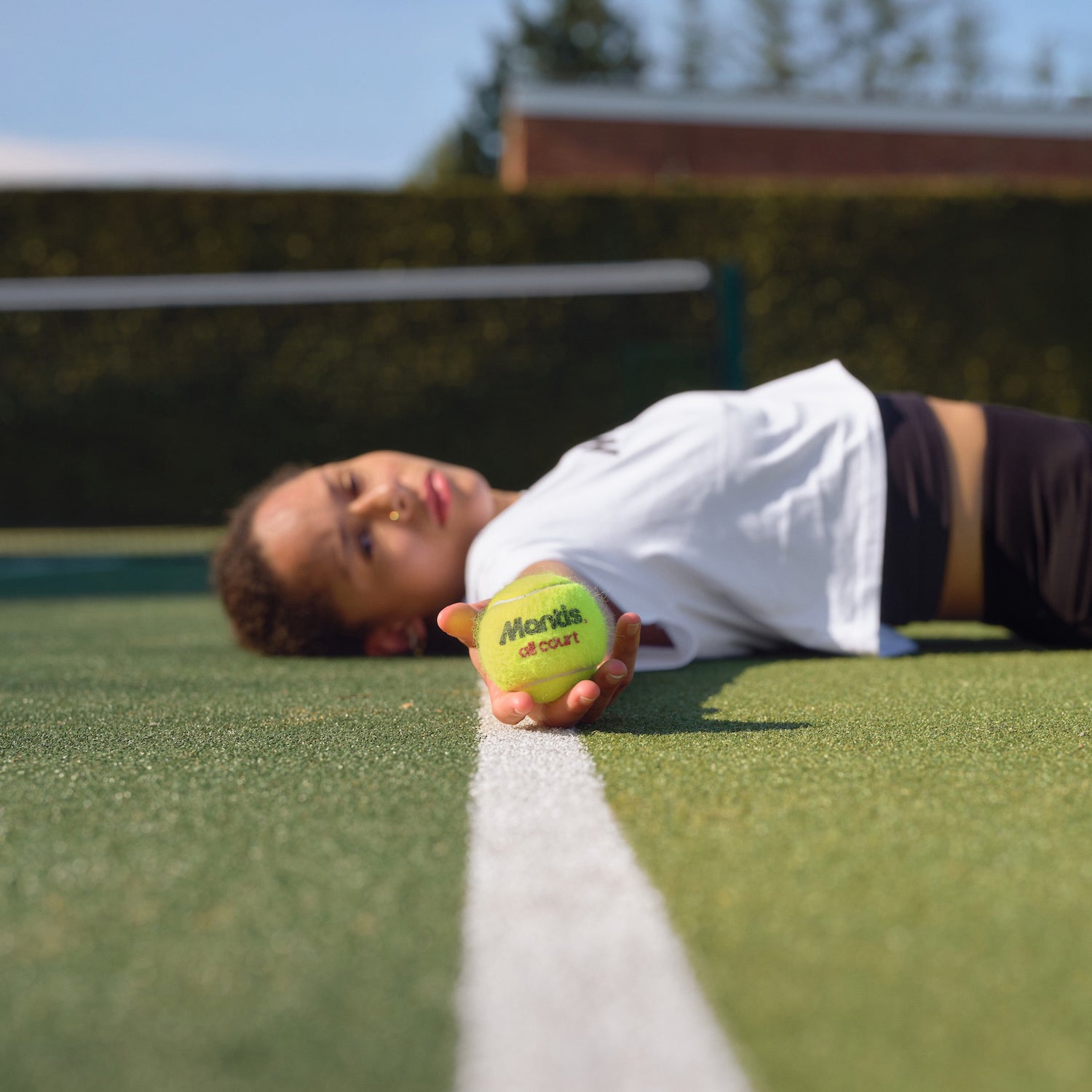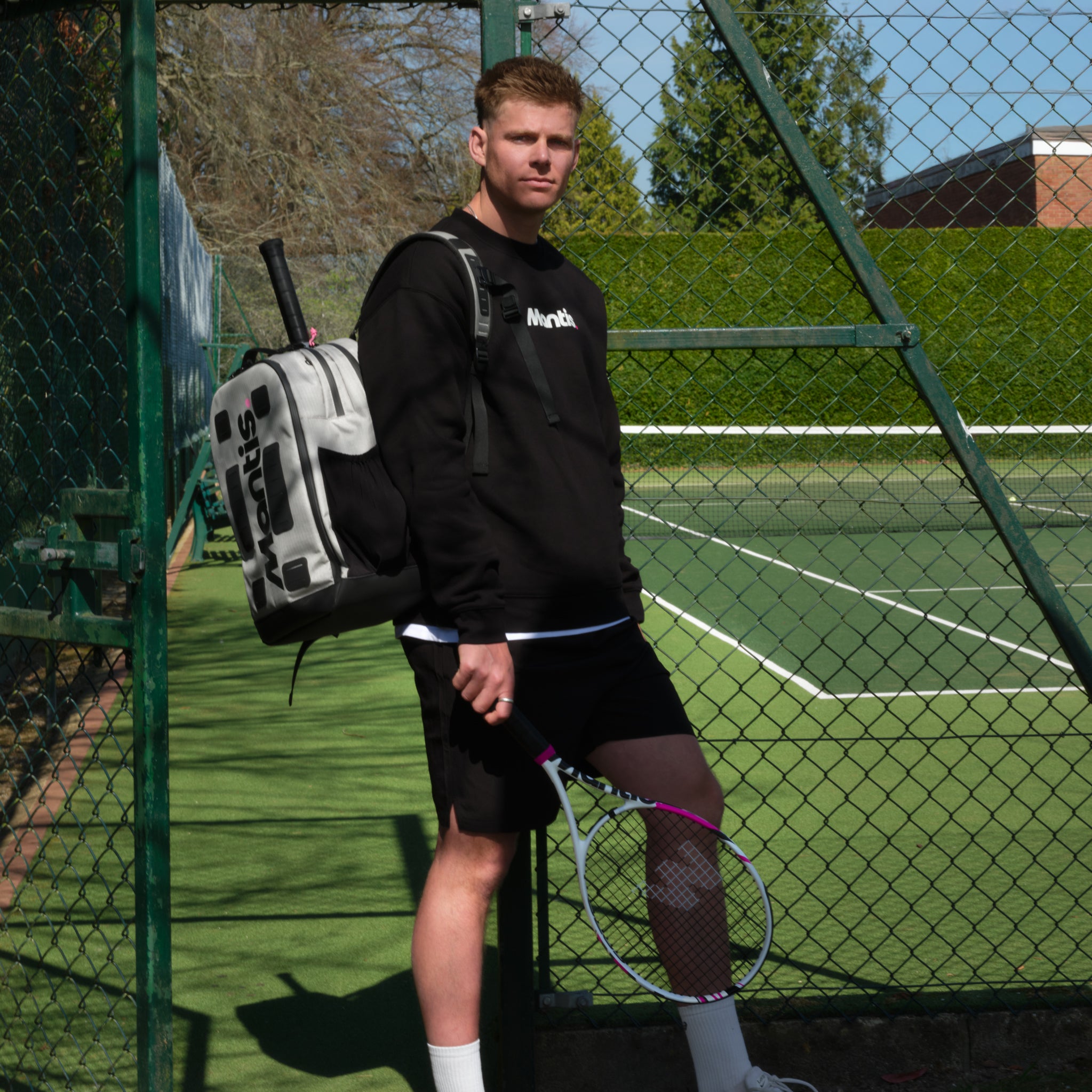
Let’s get one thing straight: if you're looking for the pinnacle of athleticism, mental grit, and relentless performance, look no further than the professional tennis circuit. Here’s why—across seven demanding domains— Mantis believes that tennis players might just be the most complete athletes in modern sport.
A 48-Week Marathon: The Professional Tennis Circuit Is The Longest Season in Sports
The ATP and WTA Tours run nearly year-round—11 months of non-stop competition. December is technically the off-season, but for most players, it’s consumed by rehab, travel resets, or intense preseason prep for Australia in January.
Compare this to:
NFL: ~5 months
NBA: ~8 months
Premier League: ~7 months
Tennis players often rack up 25–30 tournaments a year, and that’s not counting lower-tier events for those grinding up the rankings. Every match affects your standing. Every match is your paycheck. No team contract, no salary guarantees—just you and your last result.
Oh, and the travel? Top-tier pros clock 100,000+ miles annually, spending 8–10 months on the road, often flying solo.
Time on Court: Clockless Combat
In tennis, there’s no final whistle. A match ends when someone wins.
Grand Slam men’s matches can exceed five hours.
The 2023 Australian Open featured a 5h 45m battle.
The 2025 French Open Final: 5h 29m.
Training adds another layer. Elite players spend 4–6 hours daily on hitting, mobility, fitness, and mental prep. Add recovery—soft tissue work, sauna, massage, nutrition protocols—and the daily time commitment easily hits 8–14 hours. That’s not a job. It’s a lifestyle.
Physical Versatility: Every Energy System, Every Day
Tennis is unique in that it requires athletes to perform across every physiological spectrum—often in the same match. You won’t see them topping 225 bench press reps or posting 40-yard dash records, but their combined physiological scorecard might beat any other sport.
Here’s what’s required:
- Aerobic stamina: Endurance over multi-hour matches.
- Anaerobic bursts: 2–10 second sprints, dozens per set.
- Power output: 130+ mph serves and explosive court coverage.
- Agility: Reactive, multidirectional, continuous movement.
- Mobility: Defensive flexibility, injury prevention.
📊 Research: Elite men hit heart rates of 180–200 bpm, burning up to 3,000 calories per match. Tennis is chaos with control, sprinting with strategy, power with precision.
The World Tour: Jet Lag as a Constant Companion
From Melbourne heat in January to indoor arenas in Europe come November, tennis players cross continents almost weekly. Compare that to NBA/MLB, which often travel as a unit, stay in top-tier hotels, and fly charter.
In tennis:
- You book your own flights.
- You find your own hotels.
- You build your own support team (if you can afford one).
Most pros face:
- 5 continents per season
- Constant time zone shifts
- Climate swings from humid to dry to freezing
- A barrage of visa, customs, and scheduling logistics
Travel fatigue isn’t just real—it’s baked into the sport.
Solo Battles: No Coaching, No Substitutes, No Help
In most sports:
- You have teammates.
- You get timeouts.
- You get in-game coaching.
In tennis:
- You’re alone on court.
- There are no timeouts (except for medical).
- On-court coaching is limited or non-existent in top events.
You’re your own tactician, motivator, and psychologist. Every point is a test of emotional regulation and problem solving.
Insight: A 2017 study found that tennis players have the highest levels of internal attribution—meaning they blame themselves more than athletes in any other sport. That’s a mental burden few can carry.
No Win, No Pay: The Financial Knife Edge
Tennis is capitalism in motion. Every expense—from flights and hotels to physios and racquet strings—comes out of the player’s pocket. And if you lose early? You’re not just going home empty-handed—you’re going home in the red.
Some facts:
- No base salary
- No guaranteed contract
- No expense coverage
- Only ~100 players (men and women combined) reliably turn a profit annually
- Miss a few months with injury or poor form, and you’ll feel it—financially, emotionally, and existentially. That’s a reality no team sport athlete faces.
Mental Fortitude: Loneliness, Pressure, and the Weight of Self
Tennis is often romanticized. In reality, it's a high-stress, low-margin existence filled with emotional landmines.
High rates of:
- Performance anxiety
- Mental burnout
- Depression and identity crises (especially during injuries or ranking drops)
There’s no clubhouse. No post-game debrief. No bench support. Players have to create their own circle of trust—coaches, therapists, family—often on a shoestring budget.
The High-Performance Reality
Supporting top-20 ATP and WTA athletes means working across dozens of countries, managing:
- Biometric tracking (VO₂max, HRV, lactate)
- Recovery systems (nutrition, sleep, circadian rebalancing)
- Load and travel management
- Mental resilience training
You see it all—5 a.m. practice in Shanghai, ice baths in the locker room in Rome, tearful recoveries after brutal first-round exits.
It’s the same lesson, over and over: only the adaptable survive.
Final Word: The Ultimate Athlete Is a Tennis Player
To thrive in tennis, you need:
- The endurance of a Tour cyclist
- The reflexes of a boxer
- The mind of a chess master
- The calm of a fighter pilot
- The discipline of a monk
- All while being your own boss, manager, strategist, and motivator.
That’s not just athleticism.
That’s art.
Mantis is here to support all tennis players but we particularly strive to reach you, the committed amateur. Check out our range of high quality, affordably priced tennis gear.








